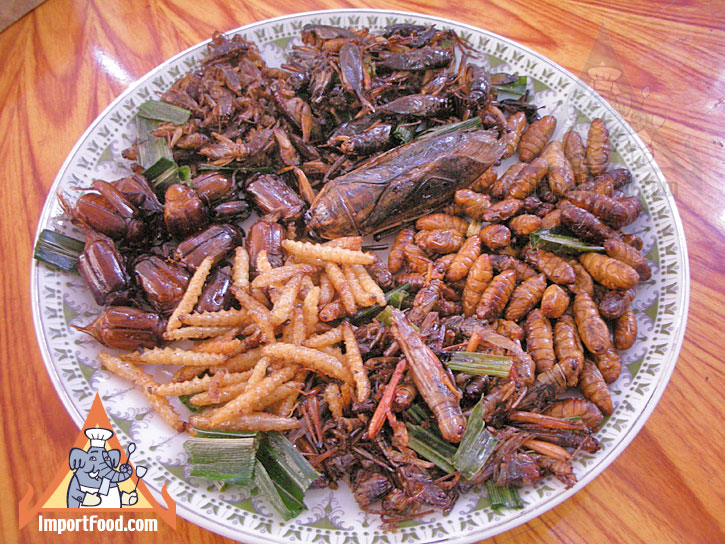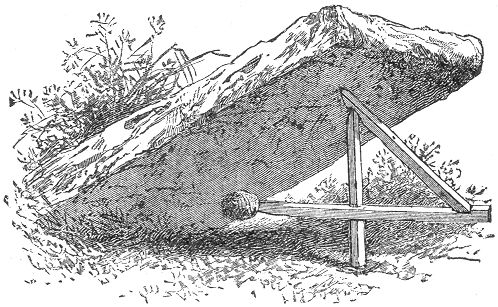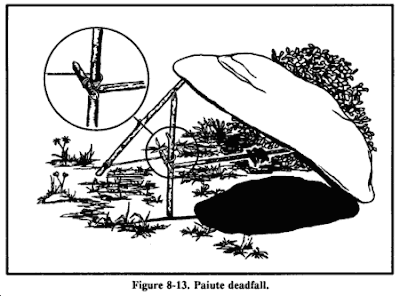
Although my experience is not far-ranging, I have sampled ants, larvae, mealworms, small moths, and random flying insects that have been unfortunate enough to find themselves in my drink. This year I hope to expand my palatal horizon by trying maggots and grasshoppers. I don't personally have a psychological aversion to eating bugs, and it seems like an act that any person truly interested in survival should acquaint himself with. In a real survival scenario, do you really want to add the incipient experience of bug-tasting to your list of struggles? The person already accustomed to this six-legged savory experience will be eager for a meal, without the unnecessary hesitation or anxiety.
What follows is a collection of links on finding, preparing, and consuming bugs. Enjoy!
Entomophagy - Wikipedia
Eating Bugs by Ron Hood
Eating Bugs for Survival
Eating Bugs! By Aletheia Price
Insects as Food?!? by Stephanie Bailey
Eating Bugs by Bryan Walsh
Iowa State University's Tasty Insect Recipes
For Most People, Eating Bugs is Only Natural
Eating Insects Kept Injured Climber Alive on Mountain
~






